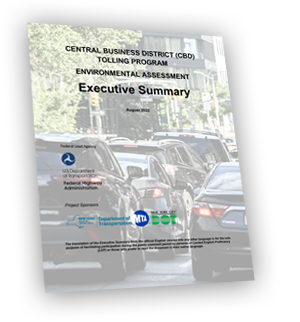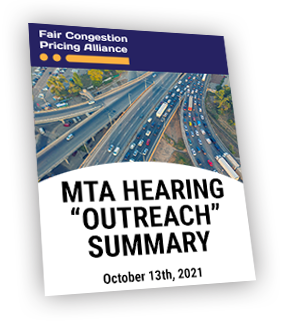TELL THE MTA:
NEW JERSEY DEMANDS A SEAT AT THE TABLE:
The recent decision by the Department of Transportation to expedite the imposition of a Congestion Pricing toll platform for Midtown to Lower Manhattan will assess additional costs for New Jerseyans and other negative impacts that argue against its implementation.

Congestion Pricing is an ill-conceived, New York-driven political policy that ignores reason and equity
to exploit regional infrastructure for New York-only benefits. New Jersey demands a seat at the table.
Eight reasons for New Jersey to oppose New York’s Congestion Pricing Scheme:

Launching Congestion Pricing During the Pandemic Ignores the COVID Reality.
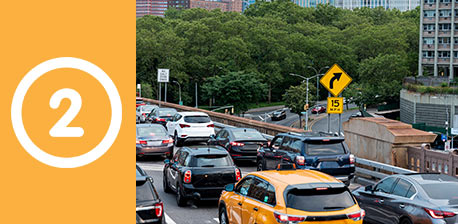
Carveouts for the Lincoln and Holland Tunnel.
Users will snarl already congested traffic patterns on regional roadways, especially the I-95 NJ Turnpike Extension, I-78, and Routes 1, 9 and 3 – as motorists avoid the George Washington Bridge. This also will have the consequence of tying up local roadways along Route 3 in particular, which is the artery that supports the Meadowlands Sports Complex and the intense traffic that accompanies an event at the stadium.
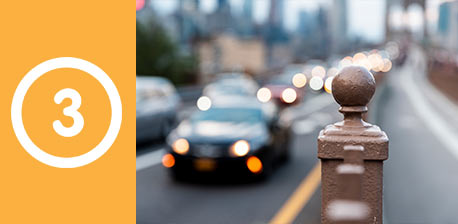
Insufficient Representation, Scrutiny and Impact Analysis.
The Federal Government has allowed NY to conduct an environmental impact assessment, replacing the more thorough environmental impact study, all the more concerning because the Congestion Pricing program is already exempt from certain NY land use regulations under NY law. While the Congestion Pricing law mandates that the Transportation Mobility Review Board [TMRB] include representatives from the Metro-North and Long Island Rail Road [LIRR] commuting areas, no such representation is contemplated for New Jersey or from NJ Transit. The TMRB makes recommendations, but final decisions are made by The Triborough Bridge and Tunnel Authority, even more remote from NJ’s interests. While New York will hold public hearings in New Jersey for residents to address the issue, NJ must be provided with permanent representation on the TMRB in order to review the environmental and traffic impacts of the proposed surcharge. The current structure provides a wholly insufficient level of scrutiny when we consider the program’s potential impact on the environment, the economy, and the quality of life for the region’s residents, and the rush to conclude these important reviews is all the more suspect given the ongoing COVID pandemic.
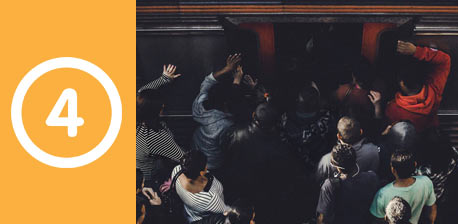
NJ Transit Lacks Capacity on Buses and Trains During Peak Hours.
The argument that congestion pricing will motivate use of mass transit can only be realized if mass transit can handle more traffic. Under pre-pandemic conditions, NJ Transit already had limited additional rider capacity at peak times. This crowding will be alleviated once Gateway is built and there is a new bus terminal, but that is ten years or more in the future. Until then, there is no possibility of meaningfully reducing congestion as commuter traffic returns to pre-pandemic levels. The notion of traffic reduction without mass transit capacity is a fiction. As an example, before London instituted its congestion pricing system in 2003, it first implemented substantial transit service improvements.

Congestion Pricing Raises Costs for Goods by Exploiting New Jersey’s Industrial Real Estate Users.
New Jersey’s logistics community supports the regional economy by supplying goods into New York. Additional tolls on commercial vehicles will increase costs for goods that will be passed on to consumers. In addition, logistics companies will seek to reduce their real estate costs in order to offset the tolling costs, which leads to more road impacts and pollution effects.
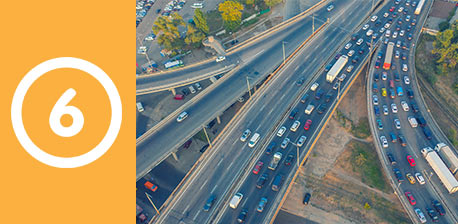
New Jersey Commuters Rain Gold on New York City and Receive No Form of Relief.
While traffic at the George Washington Bridge will be reduced, it is only because traffic at the tunnels will increase. Commuting times for those who already commute by tunnel will increase dramatically, and those who use the GWB will either be diverted to the already-crowded tunnels in order to avoid the toll or take the GWB and face a double-toll for which they receive nothing in return. Adding insult to injury, New York is also pushing for a larger share of metropolitan area transit relief funds from the CARES Act than under FTA guidelines. In the meantime, the MTA’s chief financial officer has said that the agency is moving ahead with its capital program without congestion tax funds, using mansion tax and sales tax proceeds.
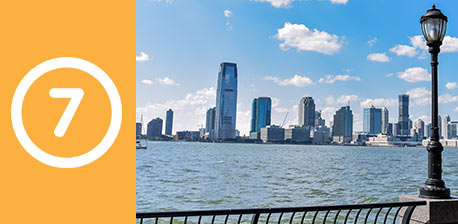
Triggers Corporate Incentive War.
In order to protect its residents from what is essentially a new tax, New Jersey will become more aggressive in targeting New York City’s businesses whose employees don’t want to pay another toll that significantly reduces their discretionary income. New York cannot afford additional exodus from its business community.

Lack of Accountability and Unequal Representation.
- Toll pricing will be determined by the TMRB which will be made up of entirely of New York political appointees (6-members) and required to fund the MTA Capital Plan (80% to NYC transit, 10% to LIRR and 10% to Metro North). Per the statute, it must produce $15 billion in capital projects for MTA 2020-2024 capital program alone, far more than $1 billion a year.
- The Federal Highway Administration [FHWA] was granted a pilot program to include an environmental assessment, which is weaker than an environmental impact study. Why is the Federal Government not demanding a thorough environmental review process for a program that may transform the traffic patterns throughout an entire region? The TMRB must conduct a traffic study which will be the foundation for the Board’s recommendations. To ensure the traffic study and environmental assessment are equitable for the entire region, New Jersey Stakeholders must be included in the process. Again, while New York will hold public hearings with New Jersey Residents, it is insufficient, and New Jersey must be allowed a permanent position on the TMRB and the Federal Government should oversee the development of Congestion pricing to ensure equity for all parties involved.


